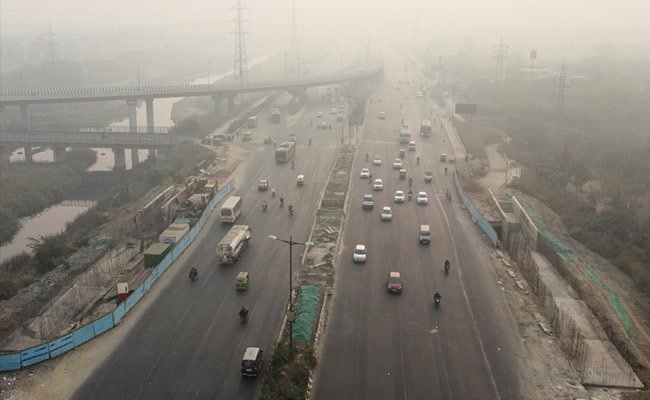According to the Centre for Science and Environment, the average daily contribution of smoke from farm fires was the lowest in the last four years from the middle of October to November 8.
New Delhi, India’s capital The first severe smog episode has hit Delhi and the National Capital Region (NCR), according to the green think-tank Centre for Science and Environment, and it is expected to last for another two days (CSE).
Despite Delhi’s severe seasonal smog, the average daily contribution of smoke from farm fires was the lowest in the city’s history from the middle of October to November 8.
“The season’s first episode was predictably triggered by a combination of unfavourable weather conditions (cool and calm winds and inversion), stubble burning, and firecrackers,” CSE executive director of research and advocacy Anumita Roychowdhury said.
In comparison to the previous four years’ first smog episodes, the current smog has matched the duration of the first smog episodes in the 2018 and 2020 seasons, both of which lasted six days. If conditions do not improve, the eight-day smog that occurred in 2019 may be exceeded.
So far this year, the average smog intensity is 329 micrograms per cubic metre per day, which is 7% lower than the smog levels in 2020 (b) and 2019.
The persistence of this year’s smog, despite relatively windier local conditions, could be attributed to a lack of pollution control measures in the city, according to the green think tank.
“While extremely high levels of PM2.5 have captured the public’s attention, other gases such as ozone, CO, and NO2 have remained elevated throughout this smog episode. Furthermore, the SO2 to NO2 ratio increased on Diwali night, indicating an increase in pollution load from firecrackers. On Diwali night (8 p.m. to 8 a.m.), the PM2.5 concentration was the highest since 2017.” Avikal Somvanshi, CSE’s Urban Lab programme manager, agreed.
This is the second highest daily contribution percentage recorded since SAFAR began tracking it in 2018.
On November 5, 2018, the highest single-day contribution percentage of 58 percent was recorded.


